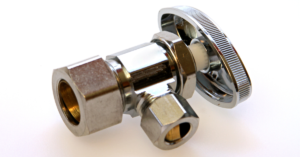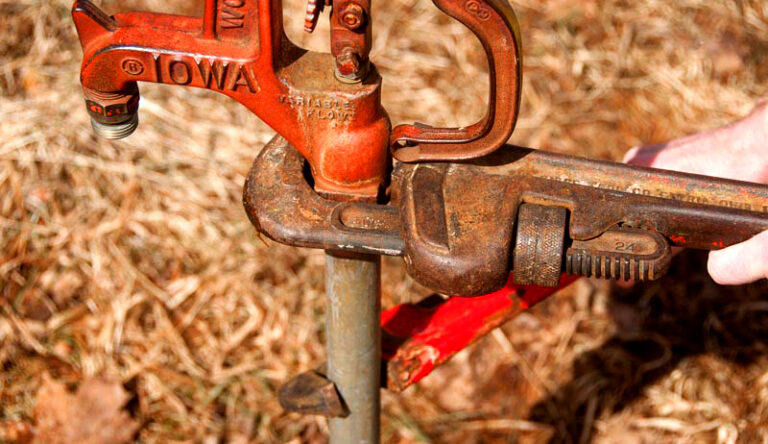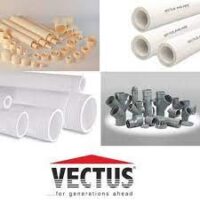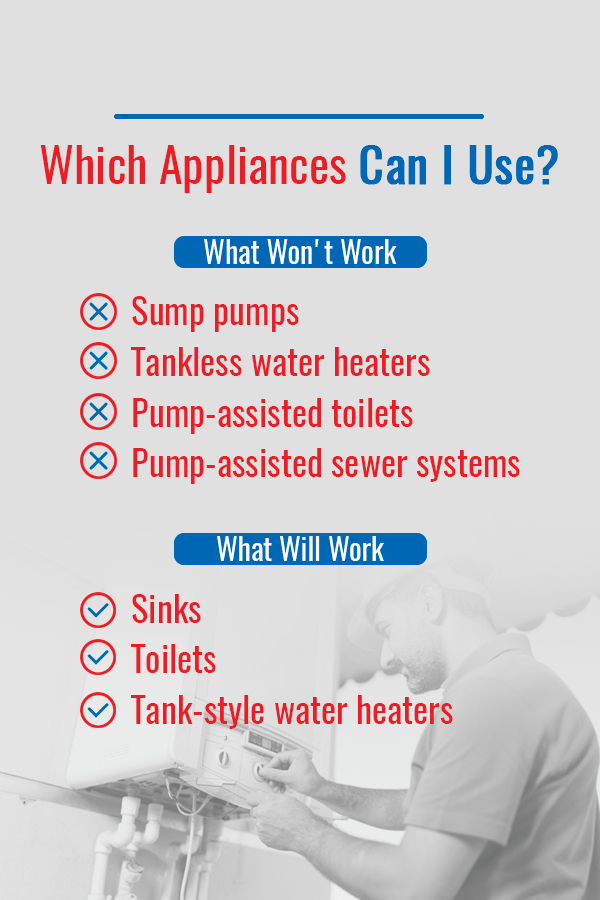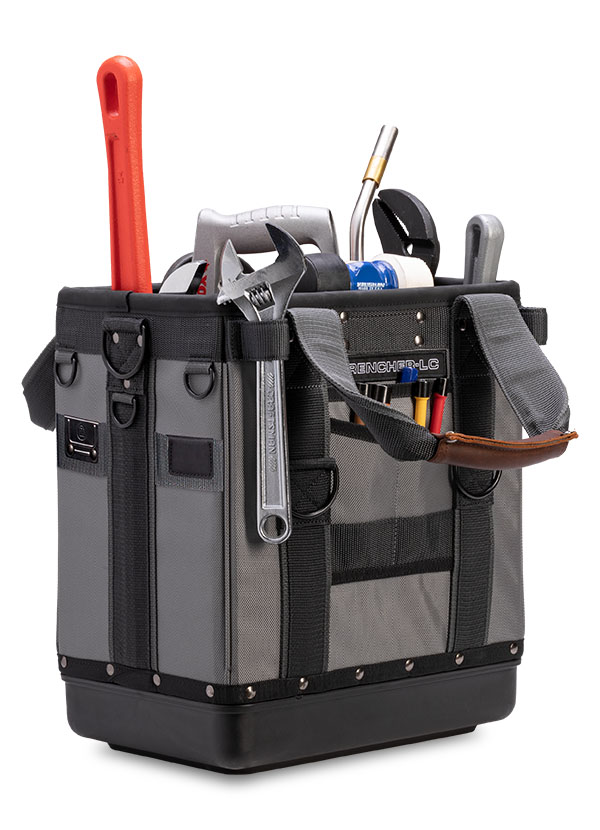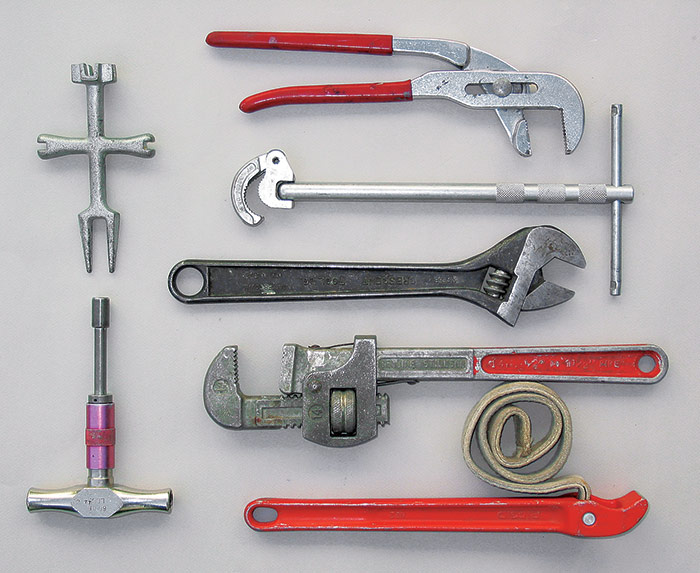What Are Angle Stops In Plumbing?
An angle stop is an important component of the plumbing system in a home or building. It is a shut-off valve that is installed between the main water supply and a sink, toilet, or other plumbing fixture. It allows for the flow of water to be shut off to a particular fixture, without shutting off the water to the rest of the house or building. Angle stops can be used for repairs, renovations, or to control the flow of water to a particular fixture. Angle stops come in a variety of sizes and styles, and can be installed in a variety of ways.
Overview of Angle Stops
Angle stops, also known as quarter-turn valves, are a type of plumbing valve commonly used in modern home plumbing systems. They are used to control the water flow and pressure in a home’s pipes, and are designed to be easily opened and closed with a quarter-turn of the handle. Angle stops are typically found at the end of a supply line, such as at a sink, toilet, or other plumbing fixture. These valves are often constructed of brass or plastic but can also be made of steel. They are a simple, effective way to control the water flow in a home.
Angle stops are designed to be easily opened and closed with a quarter-turn of the handle. This allows the user to quickly shut off the water in case of a plumbing emergency and to reduce the flow of water to a desired level. They are also useful for controlling the amount of water used in a particular plumbing fixture. When properly installed, angle stops provide a reliable and secure means of controlling the flow of water.
Types of Angle Stops
Angle stops are a common plumbing fixture that is used to control the flow of water in a water supply line. They are typically used to control the flow of water to various plumbing fixtures such as sinks, showers, and tubs. Angle stops can be divided into two categories: straight stops and quarter-turn stops.
Straight stops are installed into the water supply line and have a shutoff valve that is opened and closed by a lever. They are used to control the flow of water to a single fixture. Quarter-turn stops are also installed into the water supply line and have a shutoff valve that is opened and closed by turning the handle 90 degrees. Quarter-turn stops provide more control than straight stops, and can be used to control the flow of water to multiple fixtures.
Angle stops can be made from a variety of materials, including brass, copper, and plastic. They are available in a variety of sizes and shapes to fit any plumbing application. When installing an angle stop, it is important to make sure that it is compatible with the existing water supply line. Additionally, it is important to ensure that the angle stop is properly installed to ensure that it functions properly and does not leak.
In summary, angle stops are a common plumbing fixture that is used to control the flow of water in a water supply line. They are available in two varieties: straight stops and quarter-turn stops. Angle stops can be made from a variety of materials and come in a variety of sizes and shapes to fit any plumbing application. It is important to make sure that the angle stop is compatible with the existing water supply line and is properly installed to ensure that it functions properly and does not leak.
Uses of Angle Stops
Angle stops are essential components of a plumbing system. As the name implies, angle stops are fixtures that can be used to stop the flow of water in a given direction. Angle stops are mostly installed in a sink, toilet, or shower, and they serve several purposes. Firstly, they enable you to shut off the water supply to a particular fixture; this is helpful when you need to change a fixture or make repairs. Secondly, they are used to control the water pressure; this is done by adjusting the screws on the angle stop. Lastly, they are used to control water temperature; this is done by adjusting the handle on the angle stop.
The main advantage of using angle stops in plumbing is convenience. With angle stops, you can easily control the water pressure and temperature without having to shut off the main water supply. Additionally, most angle stops come with a check valve, which prevents water from flowing in the opposite direction and thus reducing the chances of water backing up in the system. Angle stops are also relatively easy to install and maintain.
All in all, angle stops are very useful in plumbing, as they enable you to control water pressure and temperature, and prevent water from flowing in the wrong direction. They are also easy to install and maintain, making them a great choice for any plumbing system.

Advantages and Disadvantages of Angle Stops
Angle stops are a convenient way to control the flow of water in a plumbing system. They are typically used in situations where it is not practical to install a full-size shutoff valve. Angle stops can be used for both hot and cold water supply, and they come in both threaded and compression styles. While angle stops provide an effective way to control the flow of water, there are both advantages and disadvantages to the use of angle stops.
The primary advantage of angle stops is their convenience. Angle stops are much easier to install than full-size shutoff valves, and they are much less expensive. Angle stops are also more compact than full-size shutoff valves, which means they can be used in spaces that are too small for a shutoff valve. The compact size also makes it easier to access the angle stop in the event of a plumbing emergency.
On the other hand, there are some drawbacks to using angle stops. The primary disadvantage is that they provide less control than a full-size shutoff valve. Angle stops are not designed to be used for long-term control. They are also not designed to be used with high-pressure plumbing systems, as the angle stop could be damaged by the increased pressure. Additionally, angle stops are not always compatible with all plumbing fixtures, so it is important to check compatibility before installation.
In summary, angle stops can be a convenient way to control the flow of water in a plumbing system. However, it is important to be aware of the advantages and disadvantages of angle stops before making a purchase or installation decision.
Tips for Installing Angle Stops
Angle stops are an essential part of any plumbing system, and it is important that they are installed correctly. Angle stops, also known as stop valves, are valves that control the flow of water to one or more fixtures and stop the flow of water when needed. If your angle stops are not installed correctly, it can lead to water leaks and cause expensive damage to your home. Here are some tips for installing angle stops correctly:
1. Understand the function of angle stops before beginning the installation.
2. Measure the distance between the angle stop and the fixture before cutting the pipe.
3. Cut the pipe to the correct length before making any other connections.
4. Connect the angle stop to the cold water supply line using a threaded adapter.
5. Secure the angle stop to the wall using a mounting bracket.
6. Turn off the water supply and test the angle stop to make sure it is working properly.
By following these steps, you can ensure that your angle stops are installed correctly and will provide years of reliable service. However, if you are unsure of how to install angle stops, it is recommended that you hire a professional plumber to help you with the installation.
Maintenance and Troubleshooting of Angle Stops
Angle stops are a critical component of any plumbing system. They provide a shut-off valve for a water line and are used to control the flow of water. Angle stops are usually located beneath sinks, toilets, and other fixtures. They can also be found in basements, crawl spaces, and other areas where water lines are present.
When it comes to maintenance and troubleshooting of angle stops, it is important to be familiar with the type of angle stop being used. Different types of angle stops have different mechanisms for opening and closing the valve. For example, a compression angle stop has a small knob that is turned to open and close the valve, while a ball angle stop has a small lever that is pushed to open and close the valve.
When troubleshooting an angle stop, the process is similar to any other plumbing repair. First, check for any visible signs of damage or corrosion. If any is found, it must be addressed immediately to prevent further damage or malfunction. Next, check for any leaks at the angle stop itself and the surrounding area. If any are found, they must be fixed before the angle stop can be used.
Lastly, it is important to test the angle stop before use. This can be done by turning the valve on and off a few times to ensure it is functioning properly. If any issues are found during the testing process, the angle stop should be replaced immediately.
Overall, angle stops are an important part of any plumbing system and must be properly maintained and troubleshooted to ensure proper operation. Knowing the different types of angle stops and how to troubleshoot them is essential for any plumbing repair.
FAQs About the What Are Angle Stops In Plumbing?
Q. What is an angle stop in plumbing?
A. An angle stop is a plumbing valve used to control the flow of water to a sink, faucet, toilet, or other plumbing fixture. It is often installed at the point of use, behind a sink or toilet, or at the water supply line connection.
Q. How do angle stops work?
A. Angle stops are valves that are typically used to control the flow of water to a sink, faucet, toilet, or other plumbing fixture. Angle stops have a knob or handle that can be turned to open or close the flow of water. When the angle stop is closed, no water will flow. When the angle stop is open, water will flow to the plumbing fixture.
Q. What are some common uses for angle stops?
A. Angle stops are commonly used to control the flow of water to a sink, faucet, toilet, or other plumbing fixture. They can also be used to shut off the water supply to a particular fixture if there is a problem with it. Additionally, angle stops can be used to isolate a particular plumbing fixture from the rest of the plumbing system for maintenance or repairs.
Conclusion
Angle stops are a crucial part of plumbing systems, as they are responsible for controlling the flow of water to fixtures such as sinks, showers, and toilets. They are an easy and cost effective way to shut off the water supply in the event of a plumbing emergency. Angle stops are also adjustable, allowing users to control the amount of water flowing to a fixture. With the right installation and maintenance, angle stops can be a great addition to any plumbing system.


